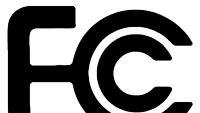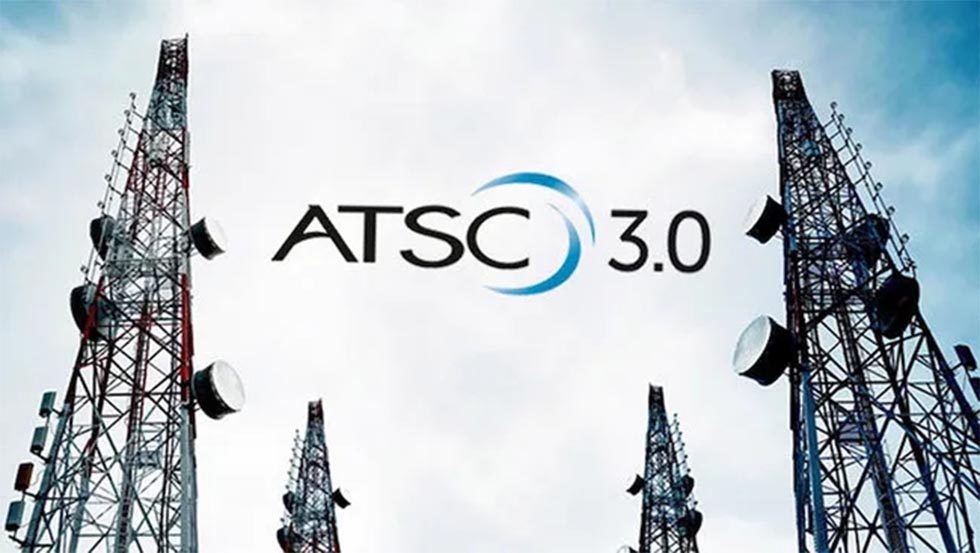FCC cracking down on misleading advertised broadband speeds

Don’t trust advertising when purchasing Internet service. The actual download speeds that users get are about half of those promised by service providers, said a new report released by the FCC.
In 2009, residential consumers in the United States subscribed to broadband services with an average and median advertised download speed of 7Mb/s to 8Mb/s, the FCC said. But the actual average speed they received was 4Mb/s and the actual median speed was 3Mb/s.
The commission criticized the use of maximum rather than actual speeds and said it will support efforts to develop a better way to represent bandwidth.
The maximum advertised speed ignores network congestion, underperforming computers and routers, and websites and applications that aren’t optimized, the FCC said. “Yet this ‘up to’ speed is commonly the only metric that can be used to compare the speeds of different broadband offerings. The ‘up to’ speed, however, does not provide an accurate measure of likely end-user broadband experience.”
The FCC plans to help develop a better way to measure actual speeds through a recommendation in the National Broadband Plan. The plan, which lays out a road map for building more and faster broadband connections in the United States, recommends that the FCC develop a standard that reflects what end users actually experience. It will include actual speeds and performance of the network at peak hours and over a period of time.
The report also showed significant continued growth in broadband and Internet use. Since 1994, the average number of hours each person spends online has increased at a 25 percent compound annual growth rate, the FCC found.
Last year, the average user consumed more than 9GB of data per month on their home connection while the median user consumed less than 2GB, the commission said. The wide gap between those figures reflects the small number of users who consume large amounts of data per month. The most data-intensive 1 percent of residential consumers account for 25 percent of all traffic. The top 10 percent consume 70 percent, the FCC said.
The professional video industry's #1 source for news, trends and product and tech information. Sign up below.
